We were supposed to leave on October 30, but then
Hurricane Sandy decided to visit the Jersey shore. We took advantage of the free rescheduling
offer by United, and took a bet that the October 31 flight would go. Flights for the morning and early afternoon
were canceled, and many of the remaining flights for the day also got canceled
or delayed. Our flight showed on-time
departure throughout the storm and its aftermath.
Wed Oct 31. Ellie
and Kuau came to our house and took advantage of our available hot water to get
hot showers. Traffic to Newark airport
was light: no working street lights made some intersections a bit dangerous. We got dropped off at about 5:30 pm,
everything was smooth. After spending
some time in the lounge and eating at the airport, it was time to board the
plane. Even though the boarding was
uneventful, the flight still left a bit late, not because of a long delay but
because a pilot couldn’t get to Newark on time on account of traffic jams. Despite an unoccupied center seat, I couldn’t
get much, if any sleep. The lady in the
window seat got quite a bit, as far as I could tell.
Thu Nov 1. We managed to get into Madrid early. Outside of the airport, there are few signs
in English, so it took us a while to figure out how to get into town. When we got to the hotel, they actually had a
room available, so we checked into our room and rested for a bit. At about 1 pm we left the hotel and started
walking towards the Prado, which is about 10 minutes away. Along the way we were distracted by the many
eating places (calling them restaurants would be too much). We stopped at the Museo de Jamon and had a
plate of ham. Not knowing what to order
we got the cheap kind which wasn’t bad, though a bit salty. Turns out “salty” is a characteristic of the
food for the trip, at least of the dishes that we ordered.
Prado is every bit it’s purported to be. It is huge and it contains works of many
masters. We went to work with their
floorplan which contains a listing of their major works, as well as a booklet
(from a set) titled “Masterpieces.” A
couple of the paintings in the Masterpiece book were not in display, and we got
to quite a few of the brochure pieces. I
am not a fan of classical paintings, but am still impressed by the collection
of works by Valequez, El Greco, Goya, and others. To our surprise, the museum closed at 7 pm
because November 1 is a public holiday, so we had to rush through the paintings
from Goya’s dark period.
After resting in the hotel a bit, we walked to Plaza
Mayor with lots of people milling around.
Dinner at a random restaurant call Hegar. I had the roast suckling pig which tasted
nothing like what one gets in Chinese restaurants, and Anne had the Paella
Valencia-style, which appears to mean seafood and chicken. The food wasn’t very good.
The hotel we spent the night, Hotel Europa, highly recommended
by Rick Steves, was adequate and functional, except for the apparent sewer gas
backup into the room (and not the restroom, curiosly.)
Outside Museo Nacional del Prado.
The San Jeronimo el Real dates from the early 16th Century.
The Roast Pork dish at Hegar Restaurant in Plaza Mayor.
Anne had this Paella Valencia.
Fresh seafood sold at the market Mercado de San Miguel.
Typical fare sold in Museo de Jamon, which has many locations in Madrid.
Our hotel is right off Puerta del Sol.
Hotel: Hotel Europa, Madrid.
Fri Nov 2. We had
to get up early to catch the 8 am train to Barcelona. The coach was half full, and the trip was an
easy 2:30 hours. A short subway ride to
the Liceu station brought us to the hotel, which we again we were able to check
into early. Ramblas is the main drag
(for tourists anyway) in Barcelona and is bustling with shops, restaurants, and
people all the time.
After a tapas lunch at American Soda, we visited the
Sagrada Familia, including a trip up a tower which allowed us a panoramic view
of the city. We had to wait in line for
over 30 minutes before we could get in. The
one characteristic of this church is the minimal use of icons and statues.
After that we visited the Picasso museum. It was a bit disappointing as the museum was more geared towards Picasso’s work while in Barcelona, rather than providing an overview of Picasso’s life’s work.
Tapas dishes at America Soda, Barcelona.
Nativity Facade of Sagrada Familia.
The Passion Facade is of modern design.
Statue of Christ being bound to a post and scourged.
Inside Sagrada Familia.
Interior roof.
Stained glass of modern design.
View of Barcelona from one of the spires at Sagrada Familia.
Inside a spire.
This school house was built to educate children of the workers.
After that we visited the Picasso museum. It was a bit disappointing as the museum was more geared towards Picasso’s work while in Barcelona, rather than providing an overview of Picasso’s life’s work.
We had dinner at Café De L’opera. Again, neither this place or America Soda was
very good. After resting in the hotel
for a short while, we decided to go out again to do “people watching,” but
found that not be too interesting an activity.
La Rambla.
Hotel: Hesperia Ramblas, Barcelona.
Sat Nov 3. Late
start to the morning (woke up at about 8:30 am.) Breakfast at nearby place serving eggs and
bacon, and coffee. Walked to Catalunya
station and took Bus #24 to Parc Guell.
I actually had to give up my seat for an older gentleman: a happy role
reversal since I had been offered seats before.
After breakfast we walked around the area a bit and chanced onto a market selling everything from sheep's heads to dried chili peppers.
We then took a taxi to Passeig de Gracia to look at “Block
of Discord” buildings and Casa Mille (another Gaudi) from the outside. To me
Gaudi is as puzzling as Gehry: I don’t know what the great appeal is. Anne seems to love him though.
After a late lunch at McDonalds, it was time to
leave. 5:50pm flight to Madrid on
Iberia. Anne is correct in saying it
takes more total time, although this time we are staying at an airport hotel at
Madrid. There was no courtesy phone at
the Madrid airport to call for hotel pickup, but a payphone (and E2) did the
trick.
Dinner at Chinese restaurant across street. Smallish but adequate dishes. Owners from Wenzhou.
Hotel: Best Western Villa de Barajas, Madrid.
Sun Nov 4. Early
hotel shuttle from hotel to airport.
Swissair flights MAD-ZRH-VIE had a 45-minute connection which might have
been tight on paper. Turned out (i)
plane landed more than 15 minutes early, and (ii) it was the same plane that
flew both legs, but with different flight numbers. Even though we are Gold Star Alliance
members, but that apparent didn’t garner any standing with Swiss Air and we had
to sit in the last row and in separate seats for the two flights,
respectively. The flights were quite
short (1:30 and 1:00 hr) and thus bearable, even though I had a middle seat.
After getting our bearings at the Vienna airport, we decided
to take the CAT (airport express train) and then the subway, getting off at a
stop that is quite close to the hotel.
This means of transportation was okay, other than we could save a few Euros
with the subway all the way, or spend a few more Euros to get door-to-door taxi
service. In any case, we checked in at
around 4 pm. The hotel is situated in a
relatively quiet neighbor just across the river north of the old town. Anne and I walked a bit to get a feel of the
neighborhood. Being a Sunday, most shops
were closed. We did stop by McDonalds to
get a snack, and a pastry shop to get some bottled water.
Ruby and David got in at around 5:30 pm. Since most of the eateries that were open
were coffee and pastry shops, we decided to eat at a local Chinese restaurant. Reasonable food at very reasonable prices.
The hotel is small, old-fashioned, and supposed to be one
of the oldest in Vienna. Things work,
staff speak good English and are helpful.
Room is still small, but a bit larger than the other places we have been
at so far. We booked tour to Salzburg
for Tuesday.
Hotel for Vienna stay: Hotel Stefanie.
Mon Nov 5. After
breakfast, we noticed that the weather wasn’t the greatest, and decided to see
if we could join a tour. We picked the
half-day Vienna highlights and Schonbrunn palace tour. A van came by to take us to a large bus with
an English speaking guide. We basically
drove around the City Ring which is built on the old city wall, and the guide described
the sights to us: Belvedere, many different churches and palaces, the Danube
canal, etc. We then stopped by Schonbrunn
for a short tour. We learned quite a few
things: Austria is a very old nation, ruled for over 500 years by the Hapsburg
family, with many building palaces for themselves; Maria Theresa had many
children, including the ill-fated Maria Antoinette; royalties were buried with
their embalmed bodies in one place, hearts in another, and entrails in a third;
Schonbrun predates Versailles and is much smaller than its French counterpart.
Schonbruun Palace.
Footpath lined by wisterias.
Our friends David and Ruby.
The Secession Building. Secession here refers to artists breaking away from tradition.
After the tour we stopped by the center of old town and
went into St. Stephan’s church. We
decided not to do an in depth exploration: after you have seen a few of them,
they all look similar. Ruby actually got
pick-pocketed when leaving the church (nothing is sacred to this thief, evidently),
luckily she lost only a small bag without much valuables in it. The thing she missed the most is the
chapstick. Lunch was at a “well-known”
Viennese Schnitzel restaurant (Figlmuller); service was good, food was okay.
St. Stephan's church in the center of old Vienna. Ruby got pick-pocketed inside this church.
Opened in 1905, claims to serve the most famous Schnitzel in Vienna.
We weren't sure the Schnitzels here were all that different.
Tue Nov 6. Had to
get up early this morning so we should be ready to leave at 6:45 am, after
wolfing down some breakfast. Our day
would be spent in Salzburg, about 300 km away, mostly highway driving, so it
was quite painless.
There were two other people (Russians) in addition to the
four of us. Along the way we stopped at
Landzeit for a short break, they served their coffee (Café Melange) in a cup we
could take with us (actually they gave us fresh cups to take home.) Passed by Melk with its huge monastery about
1/3 of the say.
Van made a detour to visit the Sound of Music film
locations, including several see’s (lakes) and other points of interest, and we
stopped briefly at Unterach where there is a statue of the painter Gustav
Klimt, and St. Gilgen, where Mozart’s mother was born (and a statue of a young
Mozart although there is no record of him ever being there.)
Melk Monastery.
Statue of Klimt in town of Unterach.
The right window has picture of a Klimt woman staring out of it.
Mozarthaus St. Gilgen.
Statue of 6-year old Mozart in St. Gilgen townsquare. There is no record of Mozart ever visiting the town.
Quiet lakefront. Well, it was a cold fall day.
Salzburg is divided into new town and old town, separated
by a river. The two sections should
actually be called old town and old old town as the “new” part dates from
Mozart’s time, and the “old” from medieval times (or even as early as
Roman). We did a 90 or so minute walking
tour of the town. Some interesting
observations: the von Trapp family was not as well off as the film depicted;
many houses were built into the mountain (Monchs Berg), there are quite a few
large churches, salt is still mined nearby, and Salzburg festival attracts
thousands of people five weeks every summer.
While visiting the cemetery the von Trapps hid in, the guide told us
graves for commoners at that cemetery were rented for thirty years and then
reused. I guess that’s the only way to
accommodate the dead if you are in a very old city.
Mirabelle Palace, Salzburg.
Mozart University at Mirabelle Palace specializes in music and drama.
The River Salzbach divides the city into two.
Padlocks on fence on bridge across river.
St. Peter's Cemetery and Catacombs of Sound of Music and von Trapp fame.
After 1 pm we had a few hours to ourselves. We made the choice to eat at the oldest
European (and possibly the world) restaurant St. Peter Stiftskeller
(established in year 803). It’s quite
fancy, but does offer some reasonably-priced dishes. The meal still took 45 or so minutes, leaving
us insufficient time to do everything we wanted to do. We picked the funicular to go to the Hohensalzburg Castle (construction began in 1077) and Mozart’s birth house (a museum), spending about 30 minutes in each
activity.
An interesting note: besides Mozart, two other famous persons were born in Salzburg: Christian Doppler of the effect fame, and Herbert von Karajan the conductor.
St. Peter's Stiftskeller was established in 803.
The inside of the restaurants.
Entrees average Euro 30, reasonably priced for this part of the world.
Mozart's birth house.
Furst's claim to fame is he named a confectionery (Mozartbonbon) after Mozart.
Our tour guide claims this is the smallest house in Salzburg. We saw nothing during our trip to contradict that claim.
Construction on the Hohensalzburg Castle began in 1077.
Admiring the view from the castle are Anne, David, and Ruby.
View of Salzburg from the castle.
An interesting note: besides Mozart, two other famous persons were born in Salzburg: Christian Doppler of the effect fame, and Herbert von Karajan the conductor.
At 4 pm, we started back, stopped for a short break along
the way, and got back to the hotel a little after 7 pm. We were too tired to eat anything fancy (or
worse, wait for a table), so it was Chinese again. The owners were quite friendly.
We decided to take it easy tomorrow.
Wed Nov 7. It was
Election Day last night. To my surprise,
the election wasn’t even close. We will
see what the continuation of the current administration’s policy will bring to
this country.
After a relatively late breakfast, we went to the subway
station and bought day-passes for E6.70 each.
First stop was at Hofburg Palace.
It is a sprawling complex and we had a bit of trouble finding the correct
museum that we wanted to visit. For an
international city Vienna certainly doesn’t bother with multi-lingual
signs. In any case, we visited the Silver
Collection, quite impressive even to someone who doesn’t care very much about
this sort of stuff; the royal apartments which were quite a bit smaller
compared to Versailles, and the Sissi Museum which commemorates Queen Elizabeth
who led a tragic life as queen and was assassinated – the Austrian precursor to
Lady Dianna.
Hofburg Palace.
Silver collection at the Hofburg Palace.
Belvedere Palace.
The gardens at Belvedere Palace.
Lunch was at Café Griensteidl located on Michaelerplatz
right next to the Palace. For such a
prestigious location the meals were quite inexpensive. An omelet costs E7, for instance. The service was lousy but you have to give
the waitress an excellent grade for efficiency – she has to look after quite a
few customers.
Visit to Belvedere was next. It used to be owned by the French Prince
Eugene who being ugly and short (supposedly) was rejected by the French; he
thus found service to the Hapsburgs and fought well against the Ottoman
Empire. It is now a museum of fine arts
including an extensive collection of Gustav Klimt’s work (including “The
Kiss”.) Klimt’s work is generally
appealing, and he used a lot of gold and other shiny colors in his work.
Thu Nov 8. Another
early morning departure, this time for Budapest. The drive over took about 2 hours. Hungary and Austria are very different. Start with the language – there is no
similarity between Hungarian and any of the Germanic languages, except for
borrowed words here and there.
We started the city tour at Buda, and at the top of the
hill got this iconic view of the Danube.
It is nice, but not necessarily deserving of being on the “1000 places
to see before you die” list, in my opinion.
This was followed by a tour of the more important sights in Pest. Buildings and places we passed by included:
Hero’s Square, (Greek Style) Art Museum, Jewish Synagogue (the second largest
in the world, after the one in New York), Opera House, the Market, Parliament
Building, and St. Stephen Basilica, and St. Matthias’ Church with the
Fisherman’s Bastions nearby.
We had lunch at this “100 year old” restaurant (for the record, called Százéves Étterem) that was
quite a bit older than 100 years.
Despite the tour guide’s warning, the service was quite good. The food was only so-so though. Actually that’s the theme of all the meals I
have eaten on this trip.
Our first glimpse of Budapest from a scenic outlook.
Castle district as seen from bus.
Matthias Church.
Interesting roof tiles on the church.
View of Danube from castle district.
Fishermen's Bastion.
Across the river from the Budapest Parliament.
The Market.
Heroes' Square.
Inside St. Stephen Basilica. The basilica houses one hand of the first king of Hungary.
The synagogue is the largest in Europe.
After we got back to Vienna, we went to a local
restaurant and “enjoyed” another Viennese dinner.
Fri Nov 9. Our
taxi left the hotel at around 4:45 am.
Check-in to the Austrian Airlines flight to Milan was straightforward,
and the short 1:10 hr flight was smooth.
The United flight back to Newark left about 30 minutes late, but there
was no announcement (not even in Italian), so Anne and I ended up standing
around the gate for quite a while. The
location of the gate is right next to the restrooms and the service entrance,
making it quite chaotic.
We had good first row economy class seats in this
(former) Continental Airlines 767. The
audiovisual equipment must be over 10 years old, quite blurry. I managed to vegetate through the entire
9-plus hour flight. Both Anne and I were
still coughing quite a bit, so it is good that we did that in our “private”
space.
Newark wasn’t crowded at all, even though many flights
from the day before were canceled due to a snowstorm. We took a taxi home, and discovered to our
great delight that the lights were on, indicating that electric power was
restored.
We definitely could have spent more time to explore the
different cities (and others close by), but it was by-and-large a very good
trip.

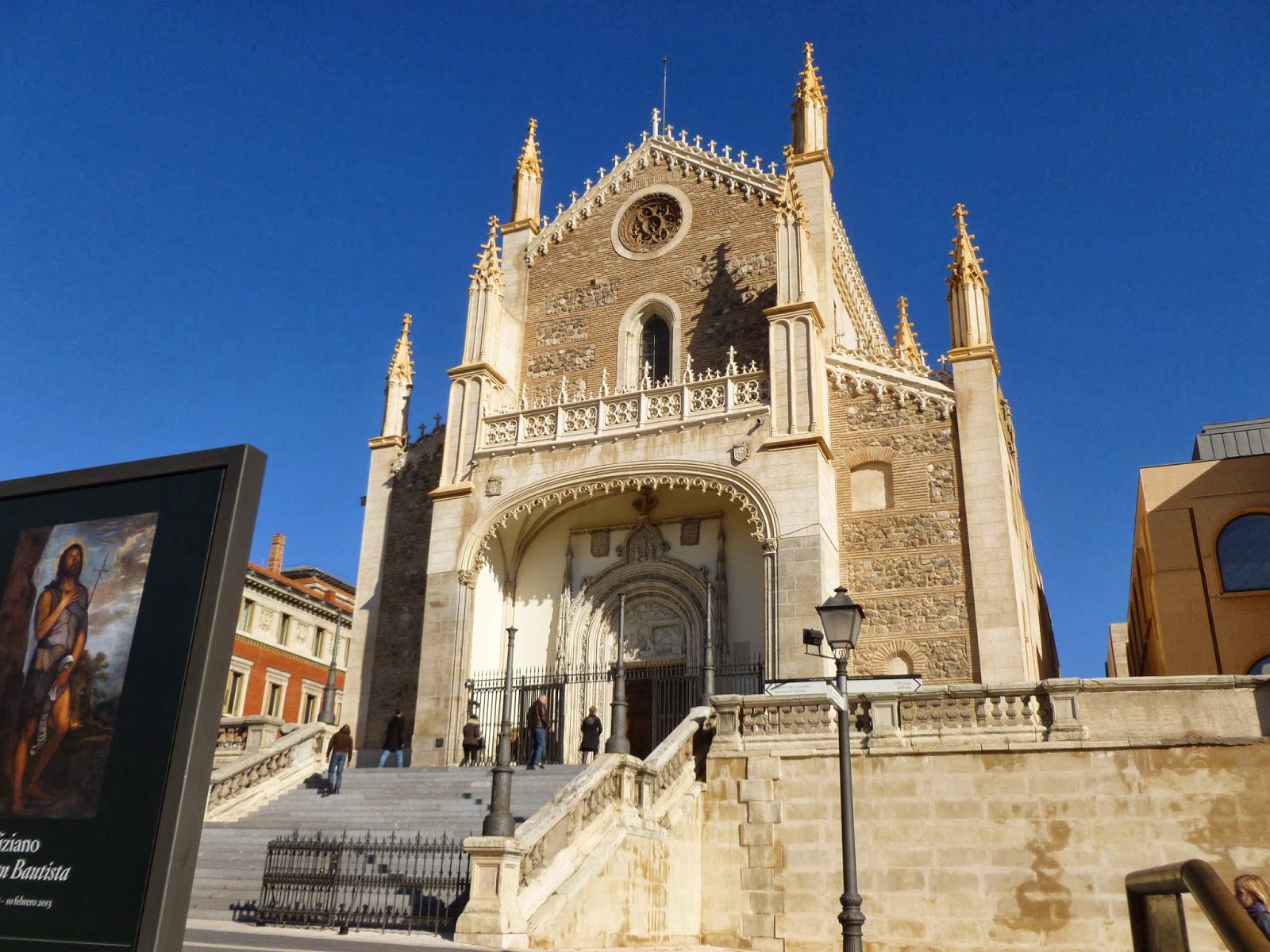






















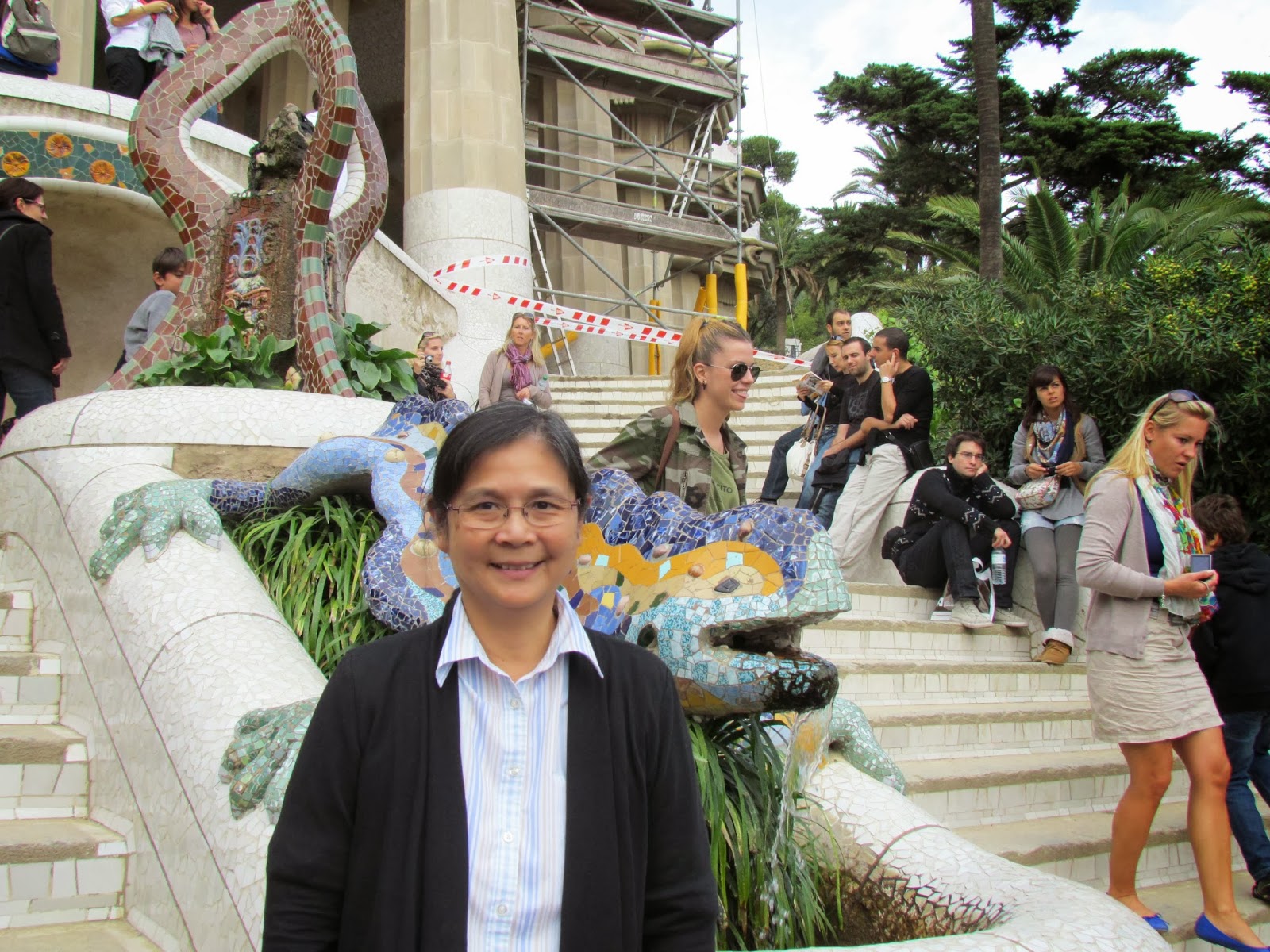







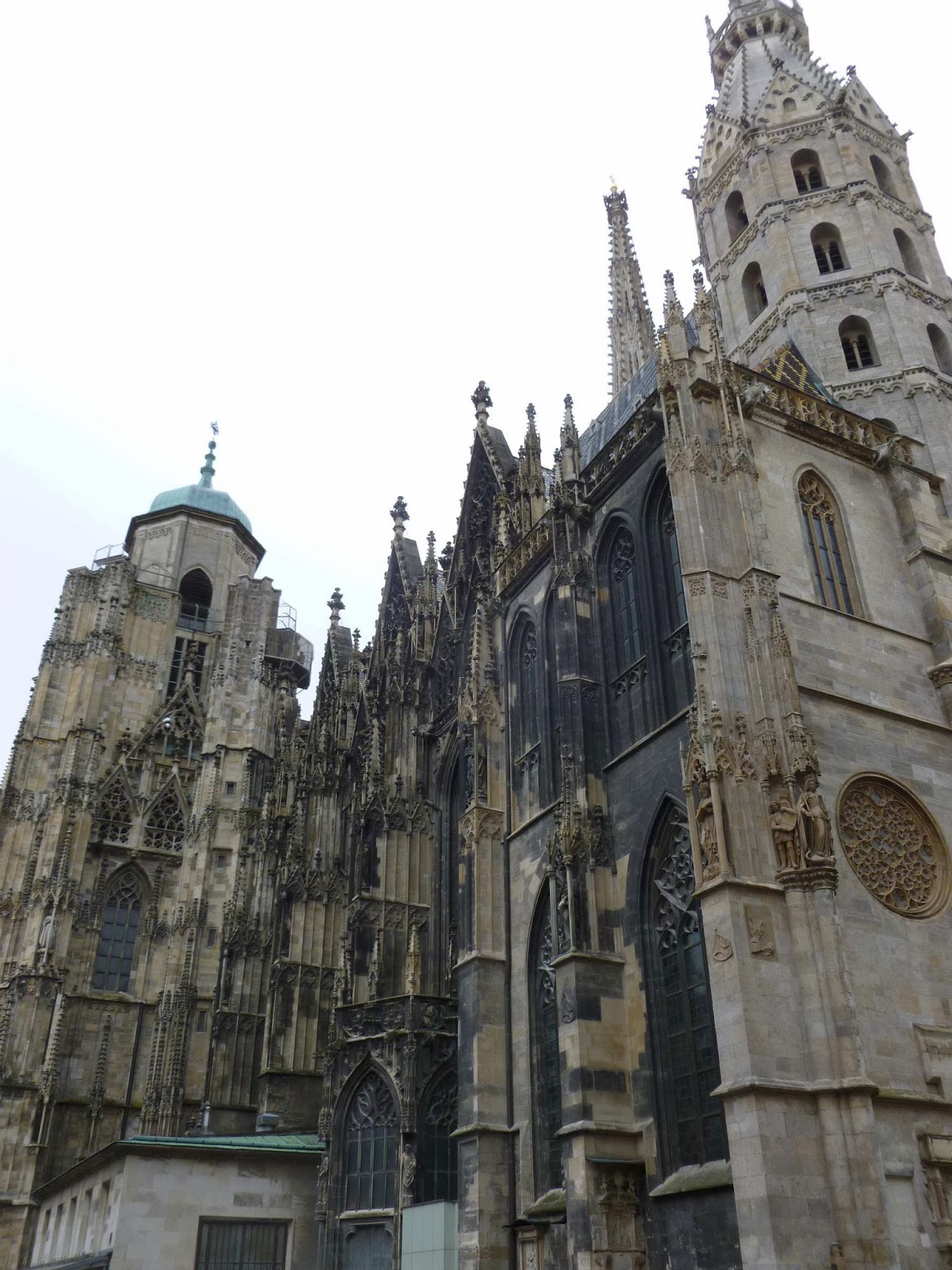



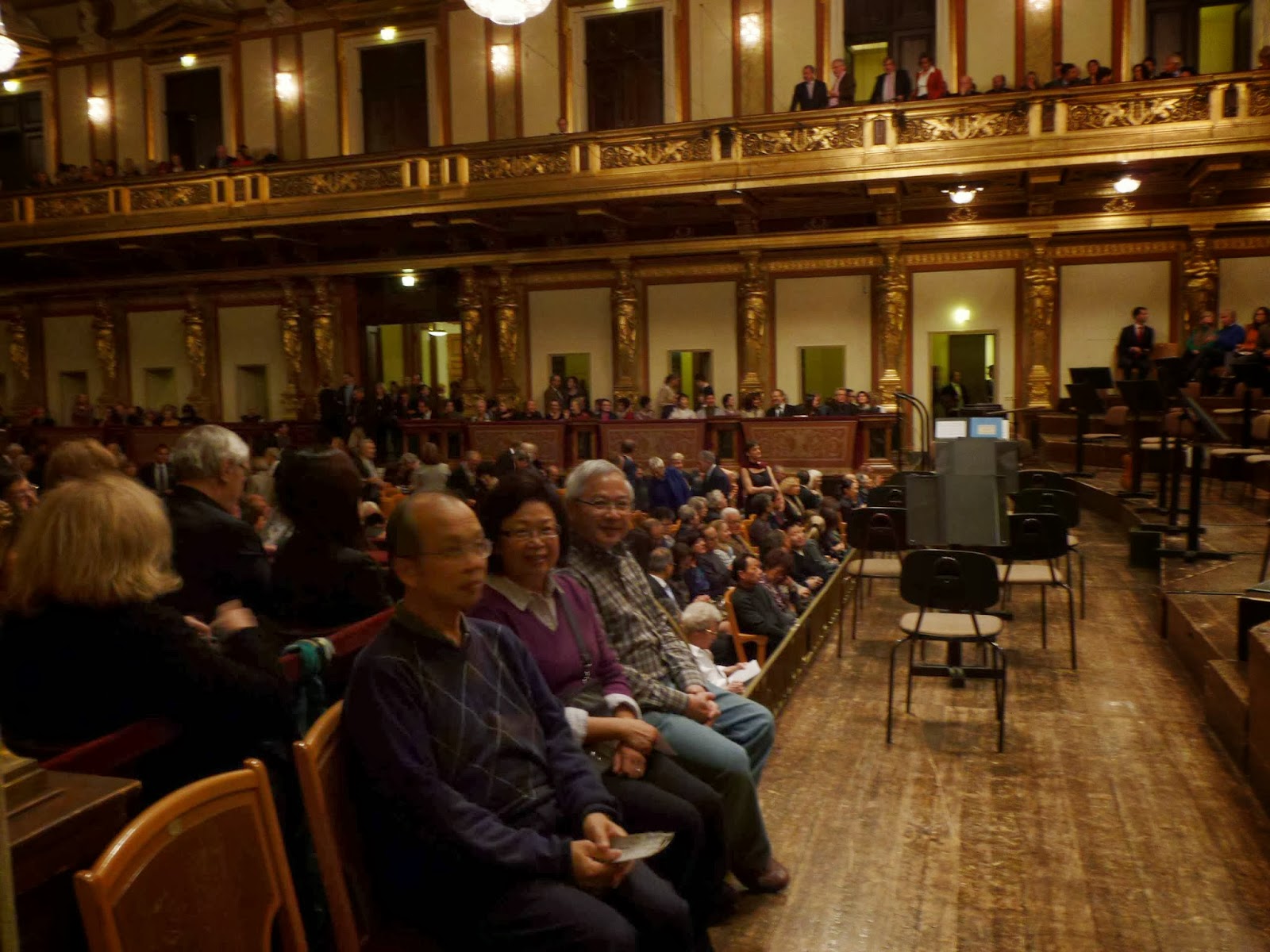


































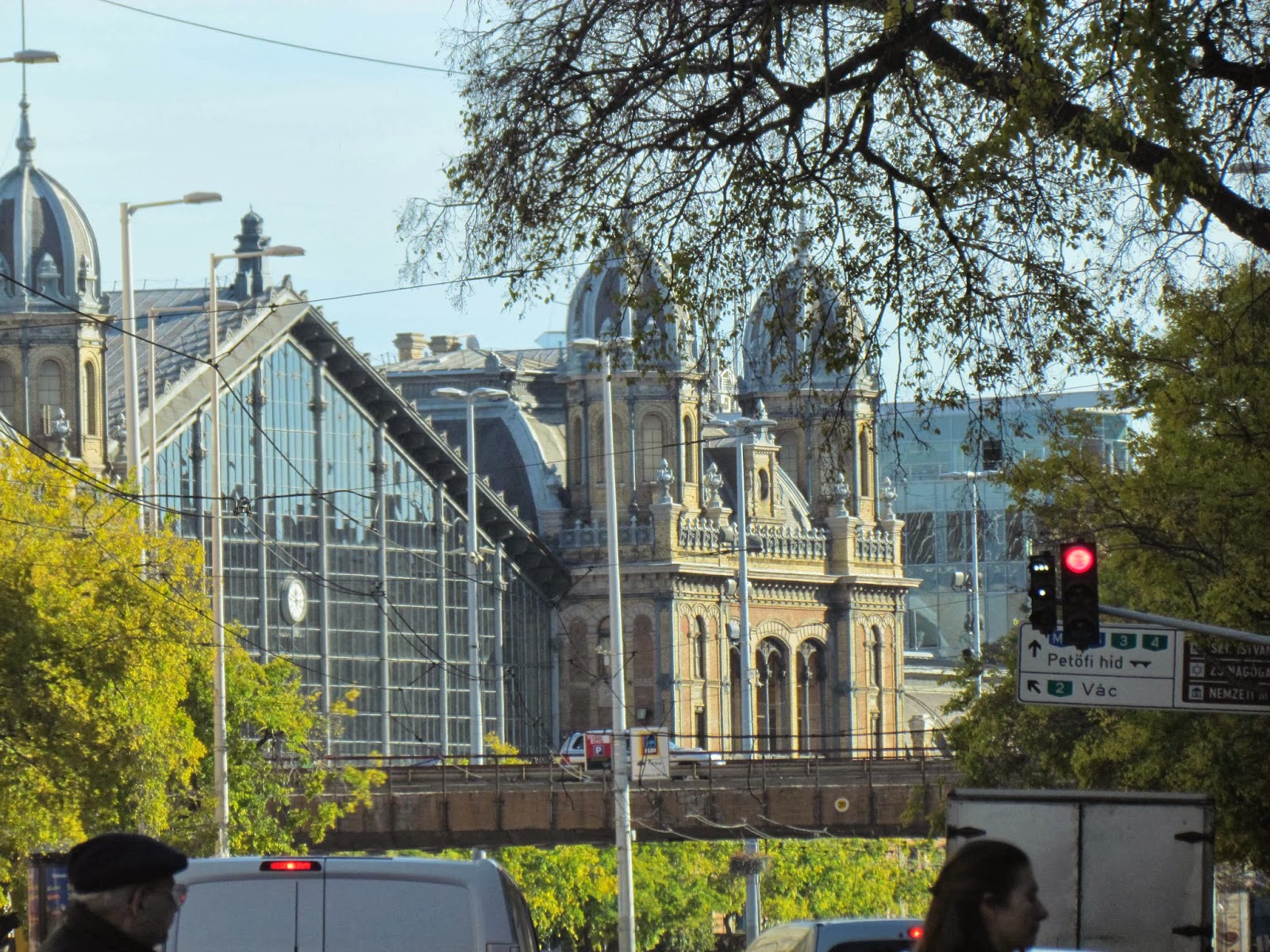




No comments:
Post a Comment